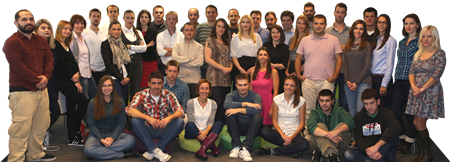Voigtlander Brillant 1932.
| Cena: |
| Stanje: | Polovan sa vidljivim znacima korišćenja |
| Garancija: | Ne |
| Isporuka: | Pošta CC paket (Pošta) Post Express Lično preuzimanje |
| Plaćanje: | Tekući račun (pre slanja) Lično |
| Grad: |
Novi Beograd, Beograd-Novi Beograd |
Materijal: Kombinovano
Originalnost: Original
Kulturno dobro: Predmet koji prodajem nije kulturno dobro ili ovlašćena institucija odbija pravo preče kupovine
Detaljno stanje: Vrlo dobro
Stanje kao na slici, pogledajte. Stari nemacki aparat iz 30tih godina.
Voigtländer Brillant is a series of pseudo TLR and true TLR cameras taking 6x6cm exposures on roll 120 film, made by Voigtländer & Sohn AG, Braunschweig, Germany and produced between 1932-1951.
The first Voigtländer Brillant was released in 1932. This early model resembles a TLR but it is functionally closer to a box camera, since it cannot be focused in the viewfinder. It uses `zone-focusing` for which one has to estimate the distance to the subject. To assist this estimate, three situations are marked around the taking lens: Porträt, Gruppe and Landschaft (i. e. Portrait, Group and Landscape). While TLRs of the same period have a rather dim ground-glass viewfinder, the Brillant has a bright reflecting type viewfinder.
The 1932 version has a metal body. From 1937 onwards, Brillants were made of bakelite, a polymer, and introduced an accessory compartment for an optical light meter and filters.
The next major step took place in 1938, with the introduction of the Focusing Brillant.
Pre-1938 models use zone focusing. This means there are three markings: Portrait, Group and Landscape (Porträt, Gruppe and Landschaft), each supposing a standard distance or depth-of-field. A small table with the right distances is provided in the manual (see links) or inside the accessory-shoe holder. Different language versions were made for various markets; German, English (their name became `Brilliant` see note below), Spanish, French, Italian, Polish and Czechoslovakian[1] versions have been reported. Apart from this zone-focusing, a distance scale in meters or feet and a depth-of-field scale are provided to let the photographer make an educated guess of whether the picture will be in focus.
Predmet: 76798941













